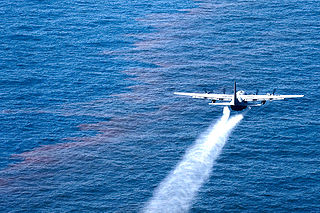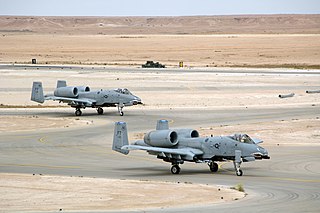482d Operations Group  | |
|---|---|
 | |
| Active | 1943–1945; 1947–1949; 1952; 1955–1957; 1992–present |
| Country | |
| Branch | |
| Role | Fighter |
| Part of | Air Force Reserve Command |
| Engagements | European Theater of Operations |
| Decorations | Distinguished Unit Citation Air Force Outstanding Unit Award |
| Insignia | |
| 482d Operations Group emblem [note 2] |  |
| Tail code | FM |
The 482d Operations Group is a United States Air Force Reserve unit assigned to the 482d Fighter Wing. It is stationed at Homestead Joint Reserve Base, Florida.
Contents
- Mission
- History
- World War II
- Early reserve operations
- Fighter operations resume
- Lineage
- Assignments
- Components
- Stations
- Aircraft
- Awards and campaigns
- See also
- References
- Notes
- Bibliography
During World War II, the group was activated in England as the 482d Bombardment Group (Pathfinder), the only Eighth Air Force radar-equipped pathfinder heavy bomber group. Its Boeing B-17 Flying Fortress and Consolidated B-24 Liberator aircraft were equipped with first generation radars to guide other bombardment groups to targets obscured by cloud cover over Occupied Europe and Nazi Germany, earning a Distinguished Unit Citation. In 1944, it was removed from combat to focus on training pathfinder aircrews and develop tactics, although its developmental work occasionally required it to fly combat missions. After V-E Day, the group returned to the United States and was inactivated.

World War II, also known as the Second World War, was a global war that lasted from 1939 to 1945. The vast majority of the world's countries—including all the great powers—eventually formed two opposing military alliances: the Allies and the Axis. A state of total war emerged, directly involving more than 100 million people from over 30 countries. The major participants threw their entire economic, industrial, and scientific capabilities behind the war effort, blurring the distinction between civilian and military resources. World War II was the deadliest conflict in human history, marked by 50 to 85 million fatalities, most of whom were civilians in the Soviet Union and China. It included massacres, the genocide of the Holocaust, strategic bombing, premeditated death from starvation and disease, and the only use of nuclear weapons in war.

The Eighth Air Force is a numbered air force (NAF) of the United States Air Force's Air Force Global Strike Command (AFGSC). It is headquartered at Barksdale Air Force Base, Louisiana. The command serves as Air Forces Strategic – Global Strike, one of the air components of United States Strategic Command (USSTRATCOM). The Eighth Air Force includes the heart of America's heavy bomber force: the B-2 Spirit stealth bomber, the B-1 Lancer supersonic bomber, and the B-52 Stratofortress heavy bomber aircraft.

Radar is a detection system that uses radio waves to determine the range, angle, or velocity of objects. It can be used to detect aircraft, ships, spacecraft, guided missiles, motor vehicles, weather formations, and terrain. A radar system consists of a transmitter producing electromagnetic waves in the radio or microwaves domain, a transmitting antenna, a receiving antenna and a receiver and processor to determine properties of the object(s). Radio waves from the transmitter reflect off the object and return to the receiver, giving information about the object's location and speed.
The group became a reserve organization, serving as a bombardment unit from 1947-1949 and briefly as an airlift unit in 1952. It became a fighter unit in 1955. It was inactivated in 1957 when air force reserve units became troop carrier organizations, but was activated again in 1992.
A military reserve force is a military organization composed of citizens of a country who combine a military role or career with a civilian career. They are not normally kept under arms and their main role is to be available to fight when a nation mobilizes for total war or to defend against invasion. Reserve forces are generally not considered part of a permanent standing body of armed forces. The existence of reserve forces allows a nation to reduce its peacetime military expenditures while maintaining a force prepared for war. It is analogous to the historical model of military recruitment before the era of standing armies.
A bombardment is an attack by artillery fire or by dropping bombs from aircraft on fortifications, combatants, or towns and buildings.

An airlift is the organized delivery of supplies or personnel primarily via military transport aircraft.


























